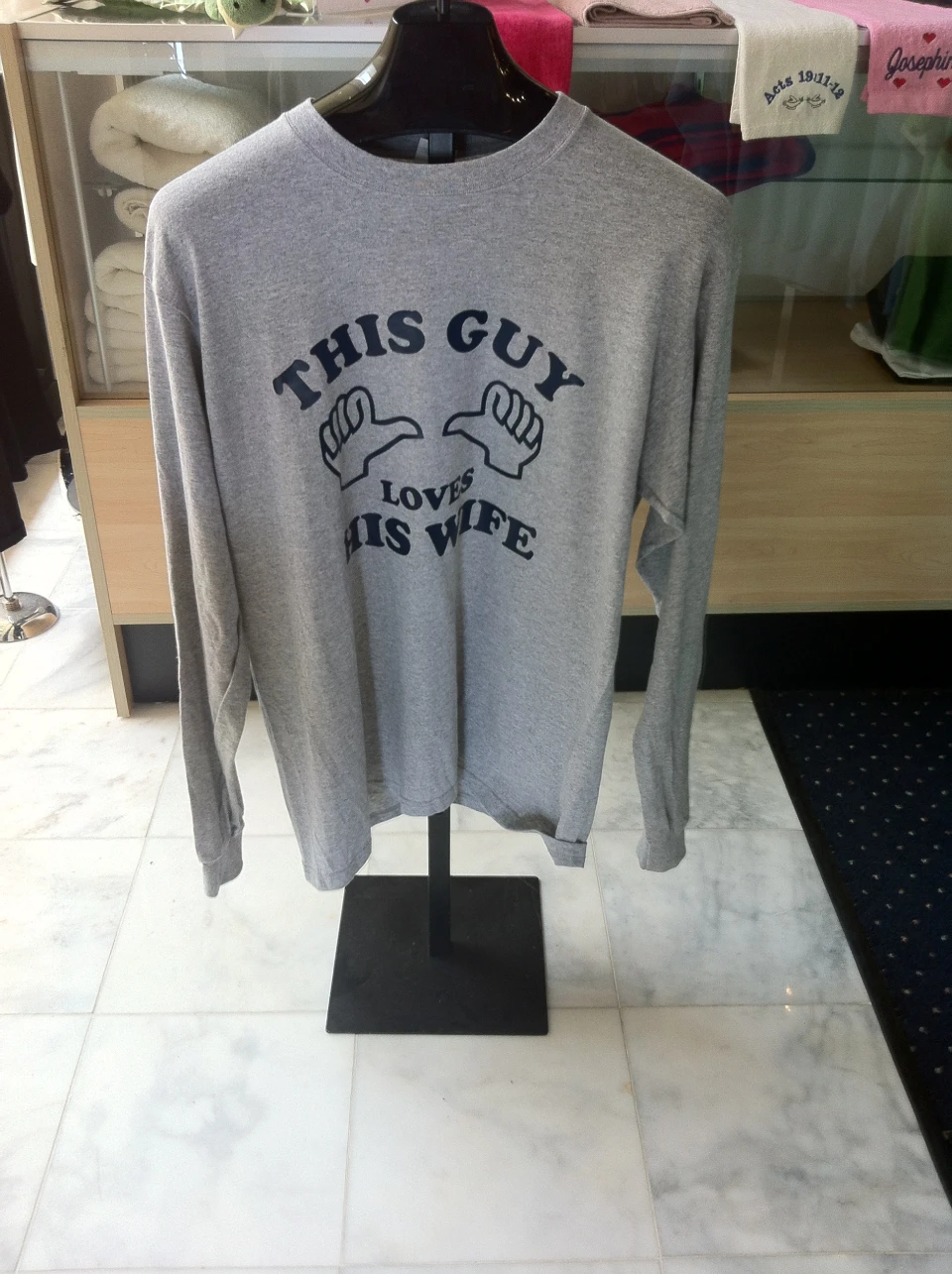Custom-made Embroidery for All Your Requirements - From School Uniforms to Sports Teams
Custom-made Embroidery for All Your Requirements - From School Uniforms to Sports Teams
Blog Article
The Art of Personalized Needlework: Unlocking the Secrets to Creating Distinct and Unforgettable Styles
Embroidery, a craft steeped in tradition and virtuosity, holds within its detailed stitches the power to change fabric right into a canvas of one-of-a-kind expression. The tricks to producing custom needlework styles that mesmerize the eye and leave a lasting impression hinge on a delicate balance of strategy, creative thinking, and interest to detail. As we look into the globe of custom-made embroidery, we reveal the nuanced interaction between string choice, stitch intricacy, and design personalization that boosts a plain garment to an artwork. Join us on a trip with the art of customized embroidery as we unwind the mysteries behind crafting absolutely remarkable and distinct developments.
Selecting the Right Embroidery Threads
When choosing needlework strings, what key elements should you think about to make sure the very best results for your custom-made styles? The option of embroidery thread is crucial in identifying the final outcome of your embroidered layout. Among the main considerations is the material of the string. Various products such as cotton, polyester, rayon, and silk use varying levels of sheen, resilience, and texture. It is important to select a string product that complements the fabric you are stitching on and straightens with the preferred appearance of the layout.
Thicker strings can include measurement and structure to your layout, while finer threads are excellent for intricate information and small message. Additionally, thinking about the shade fastness and washability of the thread is crucial to make sure that your custom-made layouts keep their quality and vibrancy over time.
Exploring Different Stitch Strategies
To delve into the realm of 'Checking out Different Stitch Methods', one need to realize the details and subtleties that each sewing approach offers the art of needlework. Different stitch techniques not only add aesthetic passion yet likewise add to the general structure and dimension of the design. One preferred stitch strategy is the satin stitch, which entails carefully jam-packed parallel stitches to create a smooth and glossy surface area, suitable for completing forms and producing strong describes.
On the other hand, the backstitch is a functional method typically used for outlining and including fine information. It includes stitching in reverse to produce a solid line of needlework. Furthermore, the French knot stitch adds a responsive element to layouts, best for creating distinctive accents like flower facilities or decorative touches.
Discovering different stitch strategies enables embroiderers to have fun with light, shadow, and deepness within their styles, elevating the aesthetic allure and creative quality of their needlework projects. By grasping various stitching approaches, one can unlock countless possibilities for creating special and remarkable customized needlework pieces.
Incorporating Personalized Layout Elements
Having discovered the details of different stitch techniques such as the satin stitch, backstitch, and French knot, the focus currently changes in the direction of incorporating customized style aspects in custom-made needlework jobs. Customized style aspects play a critical duty in making needlework tasks absolutely one-of-a-kind and remarkable.
Another means to include individualized style aspects is by including symbols or motifs that hold unique definition to the recipient or mirror their passions and character. Integrating a favorite blossom, pet, or hobby-related icon can make the needlework style much more meaningful and personalized. Additionally, picking colors that reverberate with the recipient or straighten with the designated theme can better improve the personalization of the needlework job.
Mastering the Art of Shade Sychronisation

One key facet of color coordination is recognizing color concept. This includes recognizing exactly how various colors interact with each other, the feelings they communicate, and just how they can be integrated to create visually enticing styles. By using color theory concepts, embroiderers can create unified color combinations that boost the overall appearance of the design.
Furthermore, focusing on comparison is essential in shade coordination. Using contrasting shades can help specific components of the design pop, enhance readability, and create a visually vibrant embroidery piece. By understanding the art of color sychronisation, embroiderers can boost their layouts and create unforgettable pieces that resonate with clients and customers alike.
Enhancing Texture With Advanced Needlework Stitches
French knots, for instance, are best for including tiny, raised dots to your design, simulating the appearance of beads or producing a distinctive surface area. Bullion knots, on the various other hand, can be made use of to create twisted, ropelike elements that add a luxurious feeling to the needlework. Seed stitching includes small, scattered stitches that can fill out areas with a speckled texture, while turkey work creates fluffy, dimensional accents reminiscent of animal fur or vegetation. Explore these advanced embroidery stitches allows you to push the limits of conventional embroidery and create really distinct and visually enticing appearances in your layouts.
Final Thought
In conclusion, the art of custom needlework includes a combination of picking the ideal threads, discovering different stitch techniques, integrating tailored style elements, understanding color control, and improving texture with innovative stitches. By understanding and applying these crucial elements, embroiderers can produce unique and remarkable designs that display their creativity and ability. Embroidery lovers can open the tricks to developing lovely and bespoke pieces that attract attention and leave an enduring impact.
Report this page